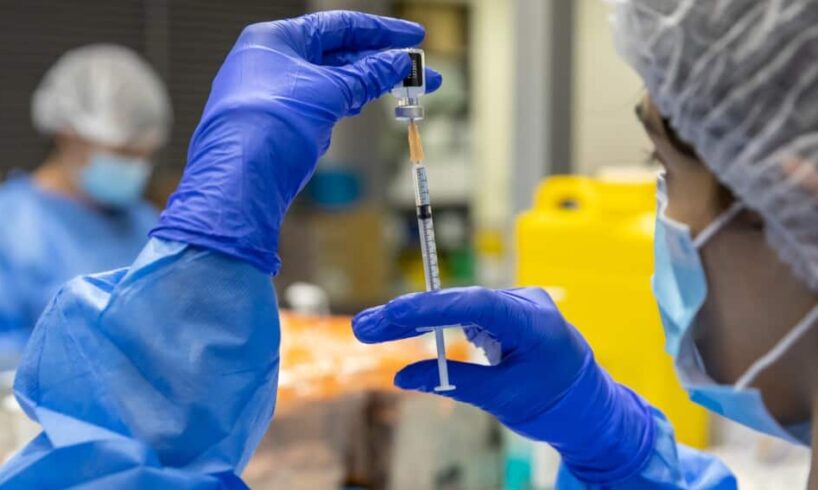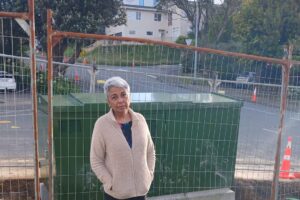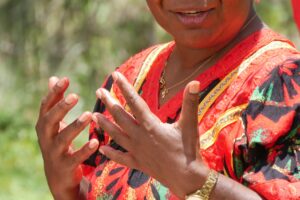
Experts have welcomed a permanent Australian Centre for Disease Control (CDC) after legislation passed the Senate on Wednesday but there are concerns about key health issues missed by the agency’s current remit. While an interim Centre for Disease Control has been operating within the federal health department since January 2024, and the government has already committed $251 million over four years to establish the agency, the legislation outlines the centre’s functions and establishes its independence.
The centre will be led by a director-general appointed by the health minister and start operations on 1 January 2026.
National Disability Insurance Scheme Minister Jenny McAllister said in the Senate on Wednesday the centre was designed to “strengthen our public health capability, improve pandemic preparedness and safeguard the health and wellbeing of all Australians — not just in times of crisis but every day”. Health Minister Mark Butler said the agency delivered on the Albanese government’s commitment to “create an independent agency that will help protect Australia from diseases and public health threats”. “We know there will be another pandemic and the Australian CDC will make sure we are better prepared,” he said.
The Public Health Association of Australia (PHAA), Australia’s peak body on public health, said the legislation to create an Australian CDC is the “most important piece of public health infrastructure in generations”.
LISTEN TO
Health professionals say Australia needs a centre for disease control
Associate professor Paul Griffin, from the University of Queensland Medical School, told SBS News the establishment of a CDC will help Australia’s response to infectious diseases. “We are in a very precarious situation right now, both in how we’re currently responding to existing threats and vaccine rates is a huge issue,” he said. “So, we need to do more for what we’re already dealing with, but we also need to be really well-prepared to be on the front foot for new and emerging threats as well.”
Griffin also said the CDC will ensure components of public health responses like the surveillance of infectious diseases, data collection and communication, and recommendations around vaccination are standardised across Australia.
“We have a lot of confusion between different states, a lot of differences and so hopefully having an organisation to coordinate those responses will ensure there’s some consistency as well as clarity,” he said.
A long time coming
There have been calls to establish an Australian CDC for nearly 40 years and before the interim centre was established, Australia was the only OECD country without an equivalent body. In 1987 Professor Bob Douglas, who became foundation director of the National Centre for Epidemiology and Population Health at the Australian National University, asked whether Australia needed such an agency.
Douglas described a consensus among epidemiologists from the Australasian Epidemiological Association that “although Australian therapeutic health services are highly developed, disease-control activities are fragmented, inadequate and poorly coordinated”.
LISTEN TO
Former CDC staffers ring alarm bells over decisions of new US vaccine panel
In 2011, the PHAA and the Australasian Faculty of Public Health Medicine released a paper about the need for an Australian CDC that described the benefit of “strong central, expert driven leadership and coordination of national communicable disease control”. However, the establishment of the Australian CDC was ultimately a response from the Albanese government to the 670-page report published following an inquiry into Australia’s response to COVID-19. The report recommended Australia should establish a permanent CDC as a priority.
While Australia fared better than other countries in terms of mortality rate from COVID-19 and its economic recovery, the pandemic response took a severe toll on the nation.
“People worked beyond normal limits, and many of the public health professionals, frontline community service and health staff, political leaders, health experts and public servants we relied on to get through the pandemic are no longer in their positions,” the report said.
“This poses risks to our resilience to face another crisis.”
What will the CDC do?
The Australian CDC said it is growing in a “phased approach” and has been initially focusing on preparing for public health emergencies, improving the national public health surveillance system, as well as building capability across health security and the links between the health of human health, animal health and the environment.
The first priorities for the agency from January will be “communicable diseases, pandemic preparedness and capabilities in environmental health and occupational health and respiratory diseases”, McAllister said. However, she said the centre could expand into areas such as chronic diseases following an independent review in 2028.
While she said the agency is essential, independent MP Dr Monique Ryan has criticised the bill establishing the centre for failing to immediately address chronic illnesses. “Nine out of 10 deaths in Australia are related to chronic illnesses like cancer, diabetes, cardiovascular disease but the CDC that we’re proposing to set up right now won’t deal with those until after 2028 at best,” she said. Griffin said that while the agency is in its earliest days, it is reasonable that chronic illnesses may not be included from the outset but said they will need to be incorporated into the agency’s operations. “I think integrating the management of chronic disease given its role in risk for infectious diseases and its impact on the population more broadly would be really important.”
Source





